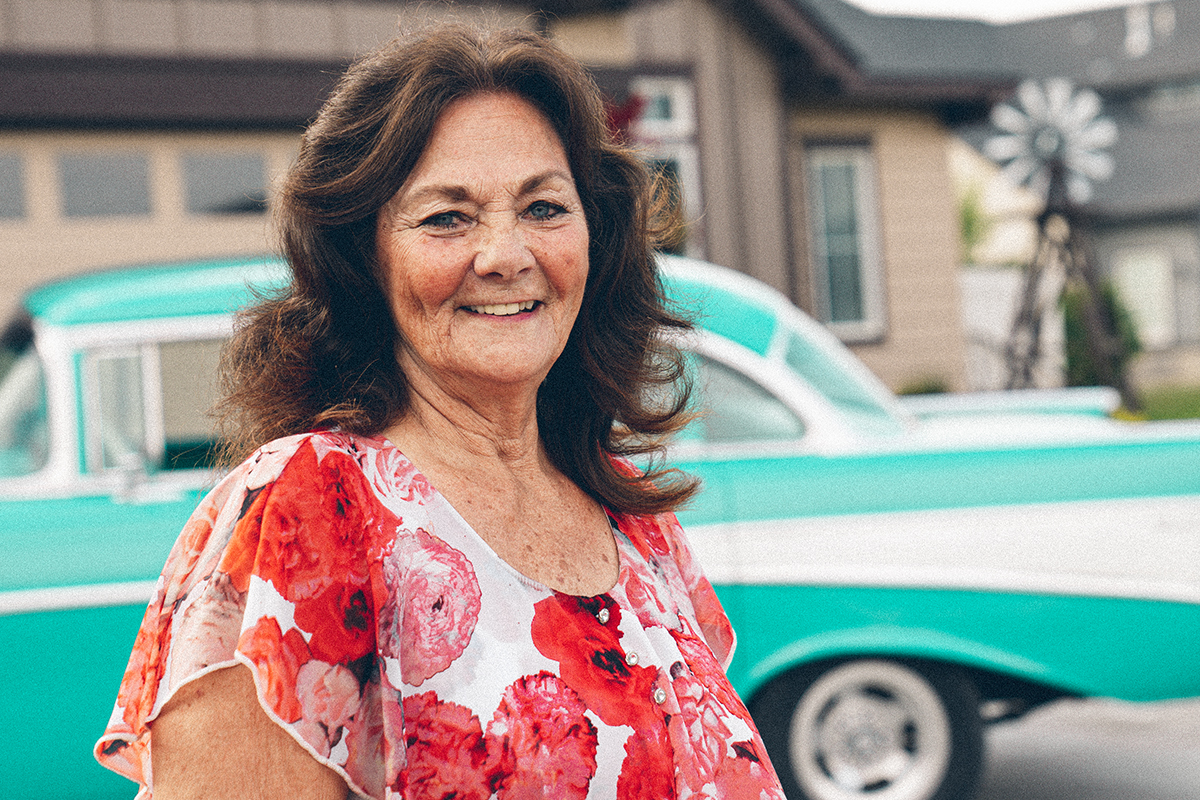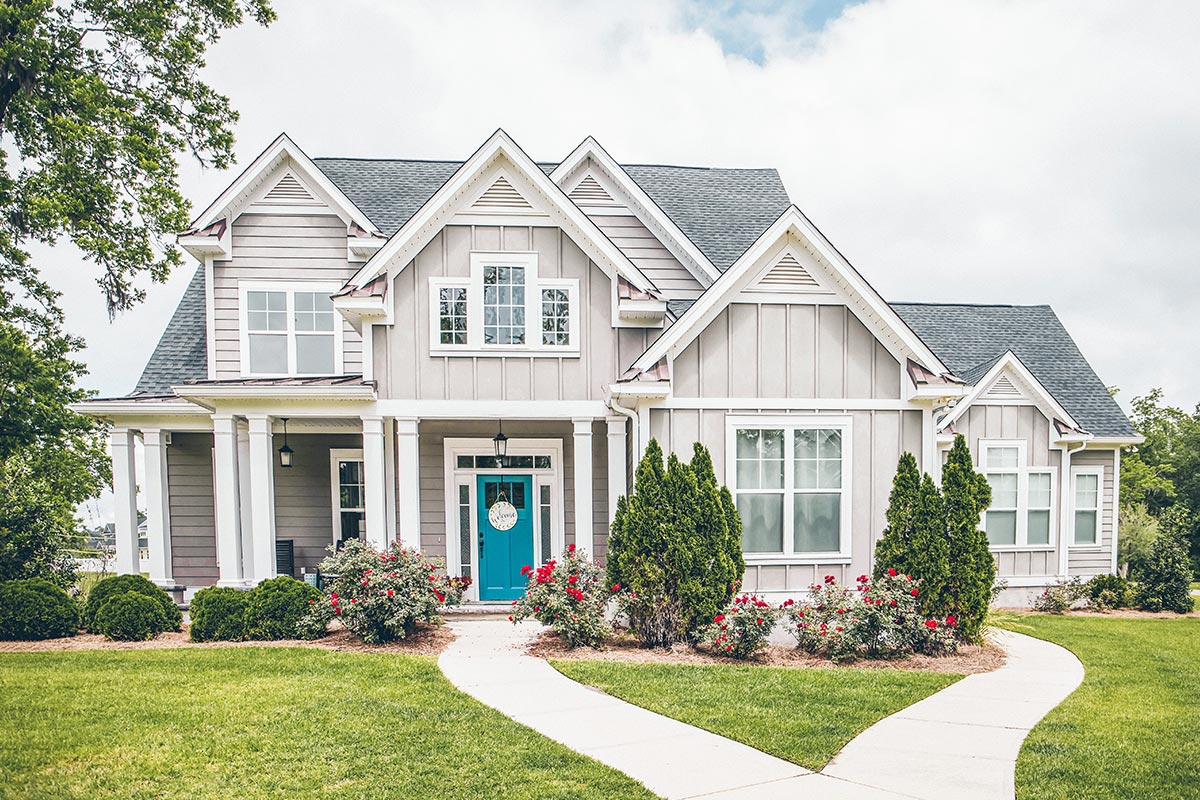
10 Creative Ways to Make Your Home Purchase Offer Stand Out
Our country has seen steadily rising property values and reduced housing inventory as of late. The median single-family home price climbed to $580,000, up 24% compared to a median price of $469,000 just a year ago.
Low inventory coupled with low interest rates and population growth means many, if not most, properties are experiencing a bidding war—multiple buyers fighting to get their offer accepted.
So how do you make your home purchase offer stand out from the pack? Mountain America Credit Union has some thoughts on the subject!
If you’ve been considering purchasing a home, you’re probably aware of some of the basic tips for buying in a seller’s market. Here are some to refresh your memory:
-
Get preapproved and submit this letter with your offer. It tells the seller that you can afford to purchase the home and you’re ready to act.
-
Choose a real estate agent with a proven track record and the desire to go the extra mile.
-
Write the seller’s preferred closing date into the offer.
-
Don’t offer less than asking price (unless the property is grossly overpriced, of course).
The game gets more intense when you’re faced with a seller’s market that is as competitive as the one we are experiencing right now. Here are ten tips to push your offer to the top of the pile:
-
Find out what’s important to the seller and craft your offer around that. It’s all about being a hassle-free buyer. For example, they may want a quick closing because they have to start a new job in a different state, or they may want to stay in the house a month or two after the sale of the house. Whatever it is, try to accommodate it in your offer.
-
Keep your offer friendly. Stay away from demands that are likely to irritate or frustrate the seller. Don’t let a few hundred dollars—or even a few thousand dollars—stand in the way of getting the home you want. Let your generosity shine through and set your offer apart by giving the sellers more time to move out or leasing it back to them for a month or two if they need it.
-
Start with your best offer. In this market, there is no guarantee that you’ll get a chance to counteroffer. If this is a multiple offer situation, low offers are usually rejected immediately. Figure out the most you’re willing to pay for a property and offer that amount from the start.
-
Show you’re serious with more earnest money. Show the seller that you’re willing to put your own money on the line to let them know how much you want to buy their home. It used to be that you could get away with a $500 earnest money deposit. No longer—1% is customary, but if you can, consider putting down between 2% and 3%. The seller wants to know you have some skin in the game.
-
Designate some of your earnest money as non-refundable. If you can chalk it up to the cost of finding the right home, show in your offer that some of your earnest money is non-refundable once negotiations have reached a certain point. Again, this can go a long way in showing that you’re serious about buying the property.
-
Cash is king. Not everyone can pay for a house with cash. But if you can, you may have a leg up on other non-cash offers. This just lets the seller know that your offer is not contingent on receiving loan approval.
-
Shorten inspection time frames. Whether the buyer has a set number of days to complete the inspections or they are proposing their own schedule to the seller, shortening the expected timeline could improve your odds of success. Discuss the pros and cons with your agent and decide if this is a good option.
-
Keep contingencies to a minimum. As a buyer, you have the right to add contingencies to your offer. That means you are offering to purchase the property as long as these things happen—like you get approved for your loan, the property gets appraised appropriately or the inspection comes back without any major complications. To make your offer more engaging, you may consider waiving one or more of these contingencies. Keep in mind that this can be a risky strategy. If, say, you waived the appraisal and the home appraises below the sales price, you would be on the hook to pay the difference or the loan may not be approved.
-
Write the seller a personal letter. This strategy gives you the opportunity to talk to the seller about why you are going to love this house as much as they do. Appeal to their emotions by listing the reasons why the house will be so perfect for your family. Does it have a workshop? Explain how you’ve always wanted a place of your own for projects and crafts. Does it have a great backyard? Talk about how your dream is to be “the place” where all the kids and friends hang out.
-
Quick closing. If you can offer a 21-day closing instead of 30, this is a plus for many sellers—for some, it can be more important than the price itself. Be sure to consult with your lender to see if they can accommodate this timing.
The bottom line is to be creative. Talk to real estate agents and research online for inspiration. Now is the time to have an open mind and try things you may not have considered before to secure the home you want.
Additional tactics to contemplate:
-
Visit estate sales.
-
Tour a neighborhood to see if anything new is coming up for sale.
-
Visit a park in the neighborhood and ask people if they know of anyone looking to sell.
-
Consider an escalation clause.
What is an escalation clause?
If you’re willing to make a higher offer but you don’t want to outbid everyone by a mile, you could consider adding an escalation clause to your offer.
How does it work? Say you make an offer on a house for $400,000 and you think there will be significant competition for the property. You have no idea how much other potential buyers are offering but an escalation clause states you’ll pay a certain amount above any offer, up to your budget limits.
In this case, you could state that you’d beat competing offers by $1,000 up to $420,000. This helps you outbid other buyers without stating it upfront and potentially overpaying. And, if you were incorrect in assuming there would be competition for the home, you won’t have to spend additional money for no reason.
This can be a risky strategy though. The seller could just counteroffer with your top price. Be sure to fully weigh this option by knowing how much this will impact your budget before presenting it.
One last piece of advice
House hunting in a seller’s market can be frustrating. There can be tears, worry and stress. We can’t promise that the advice above will alleviate all of it, but we can recommend that, to save yourself from disappointment, you try not to get emotionally attached while searching for your new home.
While it can be difficult to not get emotionally invested in such an important piece of your family’s history, remember that “perfect” is subjective and has many meanings. The perfect home is often what you make of it after you move in.
Related Articles


